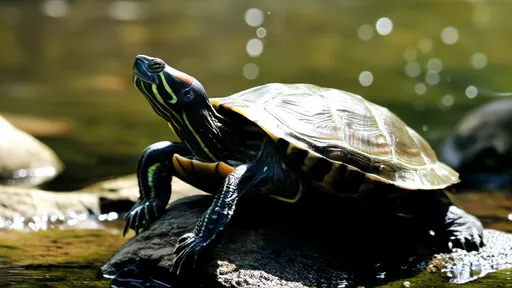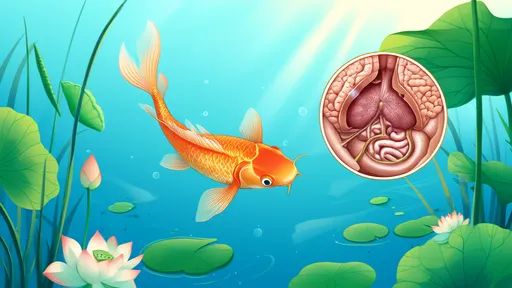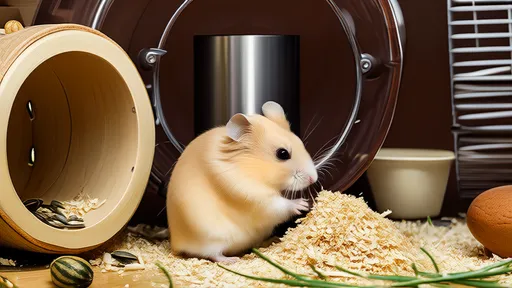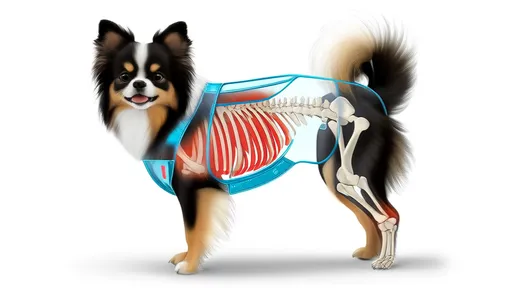The basking behavior of red-eared sliders (Trachemys scripta elegans) is one of the most critical yet frequently misunderstood aspects of their captive care. These semi-aquatic turtles, often sold as beginner pets worldwide, have complex thermoregulation needs that directly impact their digestion, immune function, and overall wellbeing. Unlike mammals that maintain constant internal temperatures, reptiles rely on external heat sources to regulate their physiological processes. For red-eared sliders, proper basking management isn't optional—it's a biological imperative woven into their evolutionary design.
In their natural habitat across the southern United States and northern Mexico, these turtles spend hours hauling their bodies onto sun-warmed logs or rocks, absorbing both heat and ultraviolet radiation. Captive environments must recreate this fundamental aspect of their ecology, yet many keepers underestimate the nuanced requirements. The basking area isn't merely a dry spot above water; it's the metabolic command center where vitamin D3 synthesis occurs, where parasites are naturally combated through elevated body temperatures, and where critical behavioral rituals like shell drying take place.
Temperature gradients prove far more significant than most hobbyists realize. While general care sheets might recommend a basking spot temperature around 90°F (32°C), the reality involves creating a thermal spectrum. The warmest point should reach 95°F (35°C) directly under the heat lamp, gradually decreasing to 75-80°F (24-27°C) at the opposite end of the enclosure. This gradient allows the turtle to self-regulate with precision, moving between zones to maintain optimal body temperatures for specific activities—higher temps for digestion after feeding, moderate temps for routine basking, and cooler areas for resting.
Ultraviolet lighting constitutes another frequently mismanaged element. The UVB spectrum (290-315 nm) triggers vitamin D3 production in the turtle's skin, which is essential for calcium metabolism and preventing metabolic bone disease. However, UVB output diminishes over time even if bulbs continue emitting visible light. High-quality mercury vapor bulbs or separate UVB fluorescent tubes must be replaced every 6-12 months, positioned 12-18 inches above the basking platform at appropriate intensity (5.0-10.0 UVB output). Many chronic shell deformities in captive red-eared sliders trace back to inadequate or expired UV sources.
The physical design of the basking area warrants equal attention. Floating docks often fail to provide sufficient space for the turtle's entire body to leave the water, while rough-textured platforms help naturally wear down claws and prevent overgrowth. The basking surface should measure at least 1.5 times the turtle's shell length in both dimensions, with a ramp or incline for easy access. Some keepers incorporate stacked slate tiles or reptile-safe bark to create multi-level basking opportunities, mimicking the varied elevations turtles would utilize in wild environments.
Behavioral observation serves as the most reliable indicator of proper basking conditions. Healthy red-eared sliders will bask 4-8 hours daily, often aligning their bodies perpendicular to the heat source to maximize exposure. Extended periods of lethargy or refusal to bask may signal incorrect temperatures, while excessive basking could indicate water quality issues or parasitic infections. Juveniles typically bask more frequently than adults due to higher metabolic demands during growth phases. Keepers should note that basking patterns naturally fluctuate with seasons, mirroring the animal's subtropical origins.
Water quality interacts intimately with basking behavior in ways many overlook. Turtles reluctant to leave contaminated water—where ammonia or nitrite levels are elevated—may develop shell infections from prolonged immersion. Conversely, those spending excessive time out of water might be attempting to escape poor conditions. The symbiotic relationship between aquatic and terrestrial zones requires weekly partial water changes (25-50%) with dechlorination, robust filtration rated for 2-3 times the tank's volume, and regular testing for pH, ammonia, and nitrate levels.
Seasonal adjustments reflect another layer of sophistication in basking management. During cooler months, increasing photoperiod to 12-14 hours with timer-controlled lights helps maintain activity levels, while summer months may require reducing heat lamp wattage to prevent overheating. Some advanced keepers create naturalistic annual cycles, gradually lowering winter temperatures by 5-8°F (3-5°C) for 8-10 weeks to simulate brumation periods, though this requires expert supervision to prevent health risks.
Special considerations apply for hatchlings and seniors. Juvenile red-eared sliders under 4 inches require nearly constant access to proper basking conditions to support rapid shell development, while elderly turtles may need lower basking platforms or gentler ramps due to decreased mobility. Gravid females—even without males present—often increase basking time prior to egg laying, requiring calcium supplementation and potential nesting areas. Each life stage presents unique basking-related needs that attentive keepers must accommodate.
The consequences of improper basking management manifest gradually but severely. Chronic cases may involve pyramiding of scutes, soft shell deformities, or respiratory infections from compromised immunity. Acute emergencies include thermal burns from malfunctioning heat rocks or heatstroke from inadequate cooling areas. What many interpret as simple "laziness" in captive turtles often represents thermoregulatory distress or metabolic slowdown from inadequate basking provisions.
Modern herpetoculture continues refining basking best practices through technological innovations. Waterproof infrared thermometers allow precise surface temperature readings, while solar meters measure UVB output at the basking site. Some advanced setups incorporate microclimate controllers that adjust heat and UV lamps based on real-time environmental data. However, even high-tech solutions cannot replace the keeper's daily observations of the turtle's natural behaviors and physical condition.
Red-eared sliders in proper basking conditions exhibit vibrant shell coloration, alert behavior, and robust appetites. Their eyes remain clear and fully open during basking sessions, with limbs extended comfortably rather than tucked tightly against the body. When all elements align—temperature gradients, UV exposure, water quality, and physical design—the basking routine becomes a cornerstone of captive welfare for these resilient yet demanding chelonians. The investment in creating optimal conditions pays dividends through the turtle's longevity, often exceeding three decades in conscientious care.

By /Jun 28, 2025

By /Jun 28, 2025

By /Jun 28, 2025

By /Jun 28, 2025

By /Jun 28, 2025

By /Jun 28, 2025

By /Jun 28, 2025

By /Jun 28, 2025

By /Jun 28, 2025

By /Jun 28, 2025

By /Jun 28, 2025

By /Jun 28, 2025

By /Jun 28, 2025

By /Jun 28, 2025

By /Jun 28, 2025

By /Jun 28, 2025

By /Jun 28, 2025

By /Jun 28, 2025